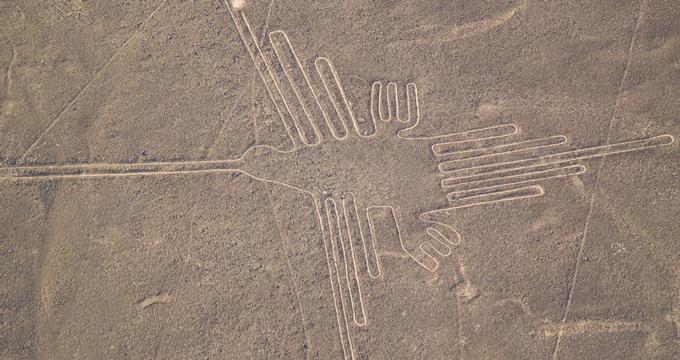Stretching across the arid plains of southern Peru’s Nazca Desert, the Nazca Lines are a collection of ancient, mysterious geoglyphs etched into the earth. Recognized as a UNESCO World Heritage Site in 1994, these enormous drawings are among the world’s greatest archaeological enigmas—and one of the most visually captivating sights on the planet.
I Find This is Great For:
The Nazca Lines are ideal for:
- History buffs seeking insight into ancient pre-Columbian civilizations.
- Archaeology and anthropology enthusiasts interested in unsolved cultural mysteries.
- Adventure travelers wanting to experience a once-in-a-lifetime aerial view.
- Spiritual seekers drawn to sacred and ancient sites of deep cultural meaning.
What Are the Nazca Lines?
- Created by the Nazca culture between 500 BCE and 500 CE, these geoglyphs stretch across the desert for miles.
- The figures include:
- Geometric shapes and straight lines
- Over 70 zoomorphic figures like monkeys, hummingbirds, fish, jaguars, llamas, and even human forms
- Phytomorphic shapes like trees and flowers
How to See the Nazca Lines
- Walking on the lines is prohibited to prevent damage, even for researchers with special access.
- Visitors can best view the lines by:
- Booking a scenic flight tour from Nazca or nearby cities
- Climbing the foothill viewing platforms, though these provide limited perspective compared to aerial views
Theories & Purpose
- Researchers have long debated the purpose of the Nazca Lines.
- The most accepted theories suggest they were used for:
- Religious ceremonies and offerings to deities
- Astronomical calendars tracking celestial bodies and seasonal changes
- Water-related rituals, reflecting the importance of rainfall in this dry region
- Whatever their true purpose, their sheer scale and complexity suggest deep spiritual significance.
History of Discovery
- The Nazca Lines were first mentioned in print in 1553 by Pedro Cieza de León, who mistook them for trail markers.
- They gained real attention in the 20th century, particularly:
- 1927: Peruvian archaeologist Toribio Mejía Xesspe noted them while hiking nearby hills
- 1939: Introduced at a conference in Lima
- 1940s–50s: Studied by Paul Kosok and Maria Reiche, who proposed astronomical interpretations
Recent Discoveries
- In 2011, windstorms revealed new geoglyphs, expanding the known designs.
- Researchers from Yamagata University in Japan, who have been active since 2006, discovered over 100 new figures.
- A long-term research center has been established to study and protect the site over the next 15 years.
Why the Nazca Lines Matter
- The Nazca Lines are a testament to human ingenuity and artistry, created in a time without aerial perspective.
- They provide a window into the mystical worldview of a culture that vanished long ago.
- Visiting the lines is a powerful and humbling experience, reminding us of the timeless human impulse to create, communicate, and reach toward the divine.
Planning Your Visit
- Location: Nazca Desert, Ica Region, Southern Peru
- Best access: Fly into Nazca, Ica, or Lima, and book a flight tour or bus to the foothill viewing towers
- Tour tip: Choose morning flights for the best visibility and smoother air conditions
Learn more about the Nazca Lines
Plan Your Trip


